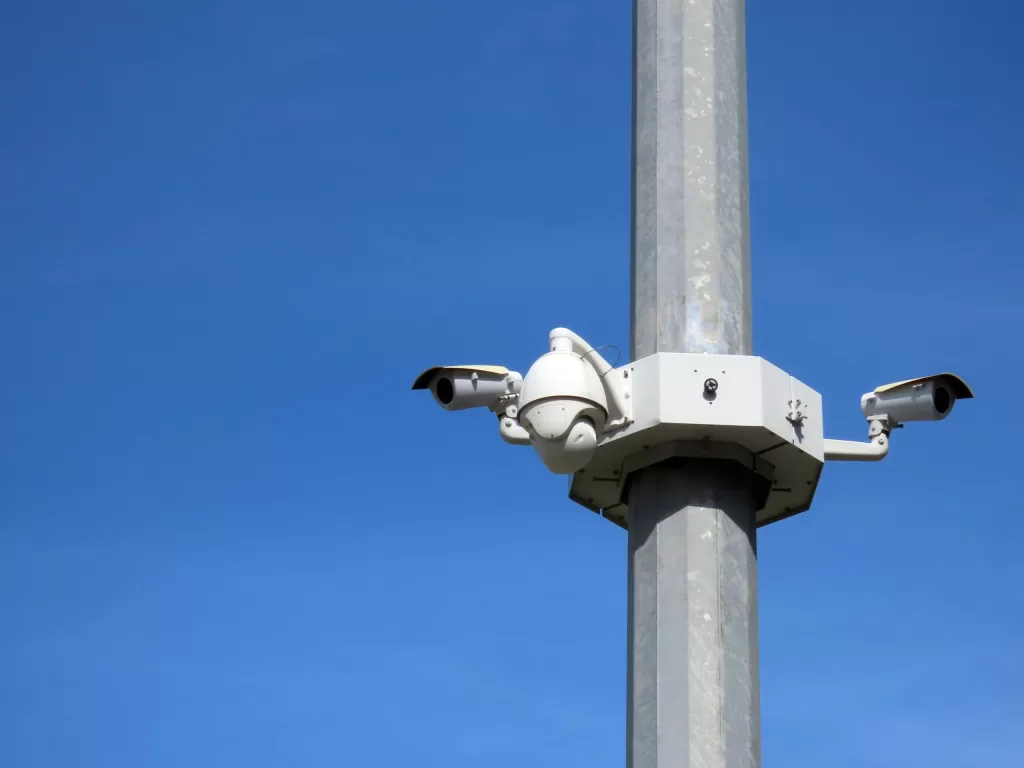4 minutes reading
Related topics
Smart Cities
Technology
5G
Network
II. Call – Demonstrative Application of the 5G Network Ecosystem
II. Call – Demonstrative Application of the 5G Network Ecosystem
Application Solution: Utilization of 5G Technology in Camera and Surveillance Systems
The Municipal Camera and Surveillance System (MCSS) is a key tool for ensuring security within the city and enhancing its resilience. Not only does the preventive nature of the camera system help deter crime and protect property, but its efficient and purposeful monitoring also facilitates crisis evaluation and accelerates response times, significantly increasing public confidence and the sense of safety among city residents.
Mobility
Traditionally, MCSS relies on local telecommunication infrastructure (such as broadband or fiber-optic networks) for data transmission. While this infrastructure enables fast and reliable data transfer, it lacks sufficient flexibility, and its construction or expansion is both financially and time-consuming. 5G networks, with their high-speed wireless connectivity and low latency, eliminate many of these shortcomings.
With the development of 5G technology, there is a growing trend toward lightweight mobile cameras, which can be deployed flexibly thanks to their easy installation and dedicated distribution units with independent battery power. These cameras can be used in areas without existing physical infrastructure. Additionally, 5G enhances vehicle-mounted and body-worn cameras used by law enforcement officers, enabling real-time transmission of high-quality video and audio to the control center via installed 5G routers.
The combination of high-quality audiovisual recording and live streaming significantly enhances situational awareness in the operations center, improving the efficiency of urban monitoring.

Data Collection and Efficient City Management
In the past, municipal camera systems were primarily used for passive monitoring and surveillance. However, modern systems, equipped with advanced analytics functions, now enable the continuous collection of vast amounts of data. This data can then be leveraged for smarter city management and to improve the quality of life for residents. Hardware infrastructure upgrades are often accompanied by software enhancements in the operations center.
A typical example of this transformation is in the transportation sector, where modern camera systems can collect various types of traffic data across the city. These datasets can be analyzed using specialized third-party applications and used to optimize traffic flow, enhance infrastructure planning, and support efficient urban development.
In the realm of smart analytics, there has been a notable shift from traditional server-based solutions toward edge computing. This approach enables real-time, intelligent analysis directly within the devices, significantly reducing the amount of data that needs to be transmitted to the central system.
Additional Security Elements
The municipal camera system can be supplemented with additional security features to further enhance system resilience. These may include access control systems for regulating entry to buildings and restricted areas, audio systems for public announcements and two-way communication or door stations for remote identity verification
Integrating these components results in a unified and centralized system, which minimizes the risk of failure and enhances overall security.
Our Role
As a solution architect, Gatum assists cities in designing and implementing comprehensive security solutions. We integrate technologies according to specific client needs, provide an independent market perspective, and ensure compliance with GDPR and other regulatory or legal requirements, in addition to delivering technical solutions.


